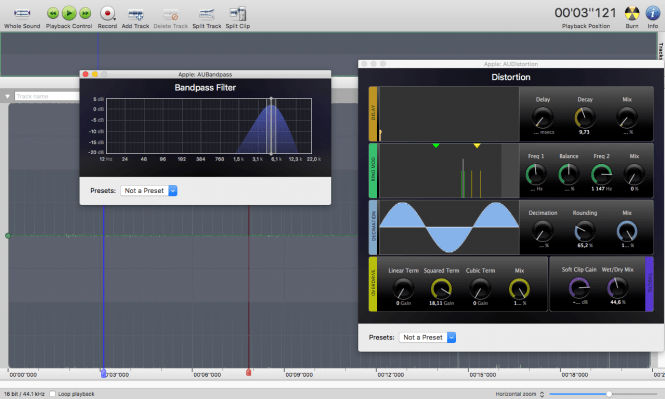

The Empirical Bayesian Kriging tool is used to perform the underlying interpolation. The number of points in each local model can be controlled with the Size of local models parameter. The interpolation is performed by generating many local interpolation models that are merged together to create the final output raster. While you can use local feature data and layers as input to this portal tool, best practice is to use layers from your portal as input. The input feature layer can be a layer from the portal or a URI or URL to a feature service. The portal tool accepts layers from your portal as input and creates output in your portal. When the tool is invoked, ArcGIS Pro serves as a client and the processing occurs in the servers federated with ArcGIS Enterprise. Since areal interpolation requires the model to be fit interactively, the prediction surface must be created in the Geostatistical Wizard.This raster analysis portal tool is available when you are signed in to an ArcGIS Enterprise portal that has an ArcGIS Image Server configured for Raster Analysis. The first step in the areal interpolation workflow is to create a prediction surface from the obesity rates collected in the school zones. Create a prediction surface for obesity rates First, a prediction surface is created from the source polygons then that prediction surface is averaged within the target polygons. Los Angeles school zones (left) and block groups (right)Īreal interpolation is a two-step process. On the right are the block groups in the Los Angeles area where you want to predict fifth grade obesity rates. The black polygons are the zones with missing data. Low rates are colored blue (indicating rates of under 22.5 percent), and high obesity rates are red (indicating rates greater than 44.7 percent), with green, yellow, and orange in the middle. The graphic below shows the Los Angeles school zones symbolized by fifth grade obesity rates.

Additionally, you will predict the obesity rates in the 14 school zones that have missing data. The goal of this exercise is to take the obesity rates collected at the school zone level and predict the obesity rates for the census block groups within the school zones. For each school zone, every fifth grade student was sampled, and the number of obese and nonobese students was recorded (note that data is unavailable for 14 of the school zones). The data in this exercise involves obesity rates among fifth grade students in the Los Angeles area (for privacy reasons, the original data has been altered).
#Amadeus pro interpolate how to#
This exercise demonstrates how to use areal interpolation to take data collected at one set of polygons (the source polygons) and predict the data values for a new set of polygons (the target polygons). This exercise will also show how to predict values for polygons with missing data. Complexity: Beginner Data Requirement: Use your own data Goal: The goal of this exercise is to show how to use areal interpolation to perform polygon-to-polygon predictions.


 0 kommentar(er)
0 kommentar(er)
